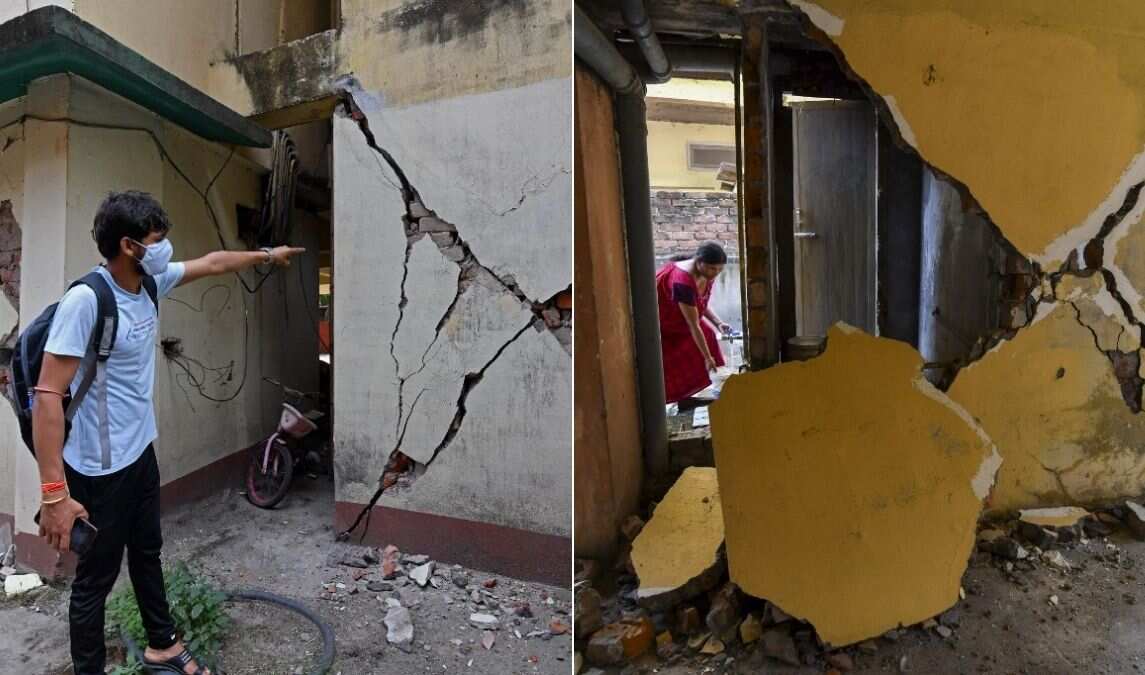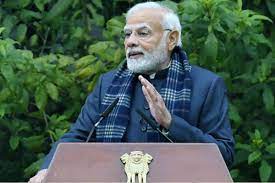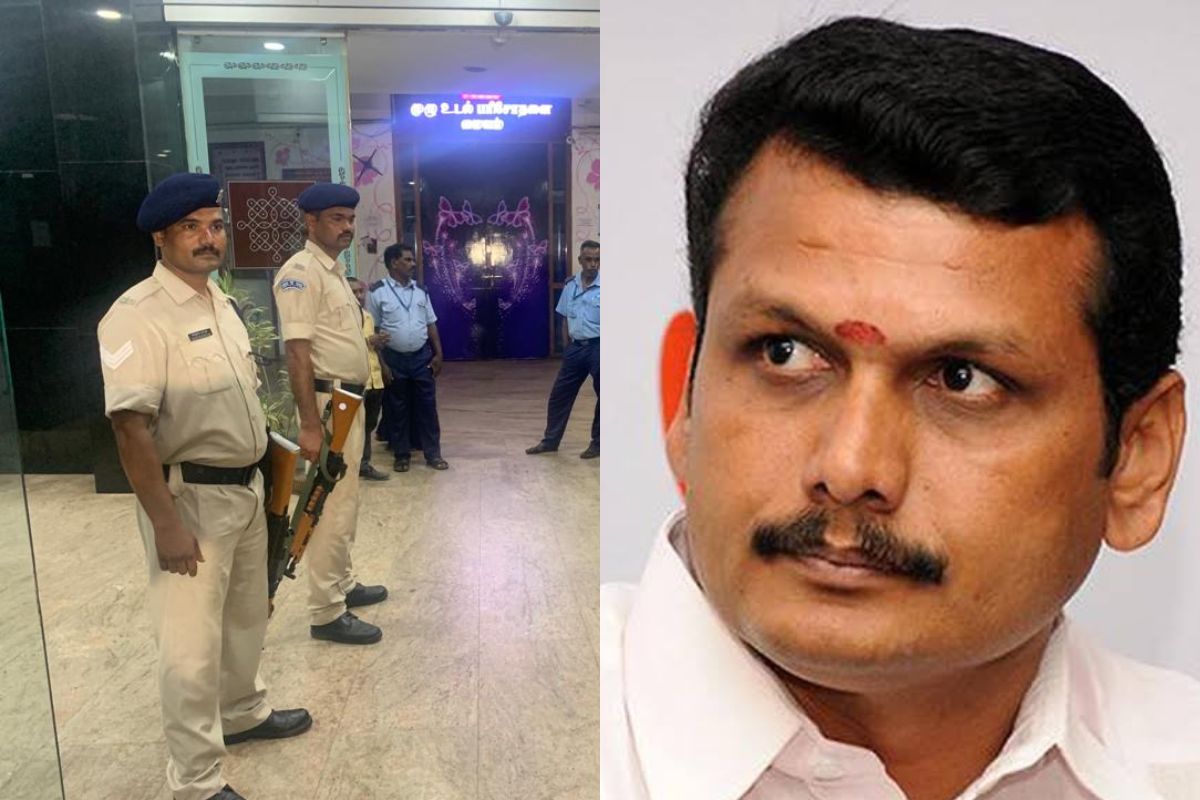A seismic event jolted the town of Katra in Jammu and Kashmir in the early hours of Wednesday, as a 4.3 magnitude earthquake struck the region. The National Centre for Seismology, responsible for monitoring seismic activity, reported that the tremor occurred at 2:20 am, with the epicenter located 81 km ENE (East-Northeast) of Katra, at a depth of 10 km.
Katra Shaken by 4.3 Magnitude Earthquake: Vigilance and Preparedness Remain Key
The occurrence of this earthquake, measuring 4.3 on the Richter Scale, triggered concerns among both residents and authorities in the area. Promptly sharing the information through a tweet, the National Centre for Seismology informed the public about the seismic event.
This recent earthquake follows another seismic activity recorded on June 11 in the West Kameng district of Arunachal Pradesh, measuring 3.2 on the Richter Scale. These incidents add to the series of tremors experienced in various parts of the country, emphasizing the importance of remaining vigilant and prepared.
Earthquakes can have severe consequences, including damage to infrastructure, disruption of daily life, and potential threats to human safety. It is crucial for residents of seismic-prone areas to be aware of precautionary measures and emergency protocols in order to minimize the impact of such natural disasters.
The frequency of these earthquakes serves as a reminder of the dynamic nature of the Earth’s crust and the ongoing tectonic activities that shape our planet. India, situated in a seismically active region, experiences earthquakes of varying magnitudes from time to time. It underscores the necessity for robust infrastructure and preparedness to mitigate the impact of such natural disasters.
In addition to the recent earthquakes in Katra and Arunachal Pradesh, Ladakh experienced a 3.9 magnitude earthquake on June 9. These incidents highlight the importance of monitoring seismic activity and implementing measures to ensure the safety and well-being of the population.
Authorities responsible for disaster management and response must remain vigilant and equipped to handle any eventualities that may arise from these seismic events. Prompt communication, effective coordination, and efficient deployment of resources are crucial in mitigating the impact and facilitating timely relief efforts.
Katra Shaken by 4.3 Magnitude Earthquake: Urgency for Preparedness and Vigilance

Although these earthquakes may cause temporary disruption and anxiety, it is essential to acknowledge the resilience of the affected communities. Over time, individuals and communities have learned to adapt and recover from such natural disasters, demonstrating their strength and unity in the face of adversity.
As the country continues to monitor and respond to seismic activities, collaboration between government agencies, scientific institutions, and communities is vital. This collaboration enhances our understanding of earthquakes, improves early warning systems, and strengthens disaster preparedness and response mechanisms.
In conclusion, the recent earthquake in Katra serves as a reminder of the unpredictable nature of seismic events and the need for continuous preparedness. It is crucial for individuals, communities, and authorities to remain vigilant, follow safety guidelines, and support one another in times of need. By working together, we can build a more resilient nation capable of withstanding and recovering from the challenges posed by natural disasters.
As seismic events continue to occur in different parts of India, the recent earthquake in Katra reminds us of the unpredictable nature of our planet’s movements. With a magnitude of 4.3 on the Richter Scale, this earthquake has once again prompted discussions on preparedness and response measures in earthquake-prone areas.
The National Centre for Seismology, responsible for monitoring and analyzing seismic activity, swiftly provided information about the earthquake. According to their report, the tremor occurred at 2:20 am, with the epicenter located 81 km ENE of Katra. Understanding the magnitude and location of earthquakes is essential for assessing potential risks and developing effective response
Understanding the magnitude and precise location of earthquakes is of utmost importance when it comes to assessing potential risks and developing effective response strategies. The National Centre for Seismology, as the responsible authority, utilizes various instruments and technologies to detect and analyze seismic events. By employing sophisticated monitoring systems, they are able to gather data that aids in determining the size, location, and depth of an earthquake.
















